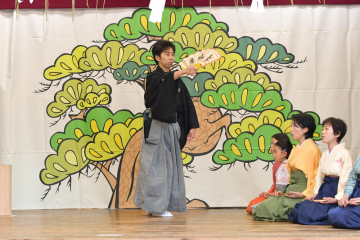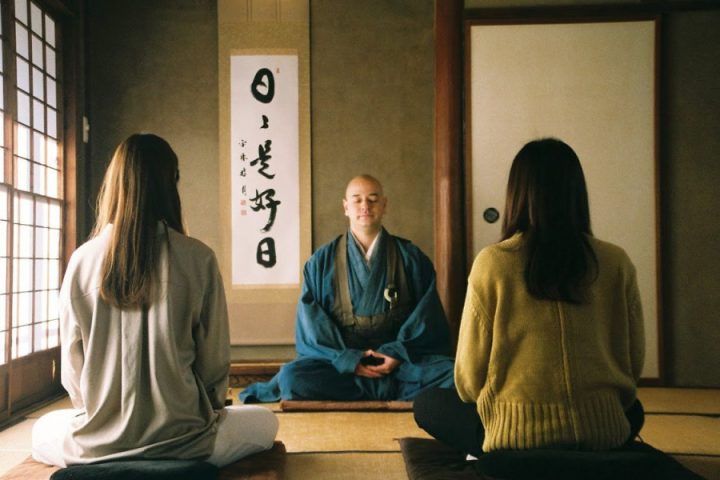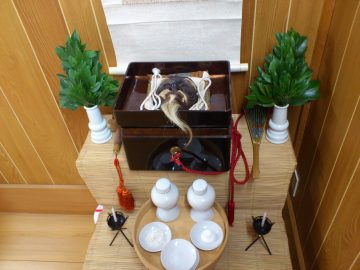The summer airing out time passes peacefully
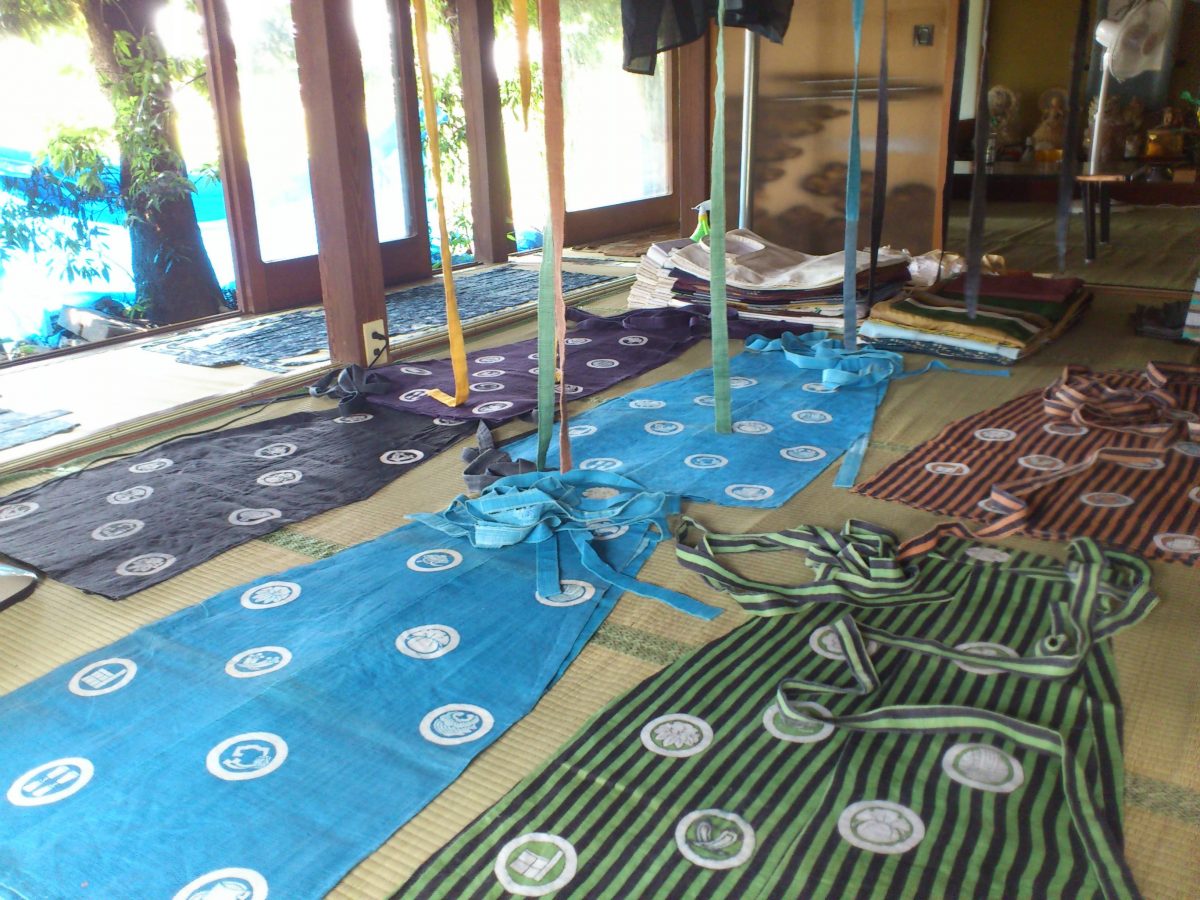
The stage for Kyogen performers living in the 21st century
Vol.9 Airing out clothes in summer
Ozo doctrine (Noh performer Kyogen style Ozo school)
Summer vacation, swimming in the sea, playing in the river, fireworks, Bon Odori, airing out
Both are characteristic of summer.
Some people may not know what "airing" means, but for us airing out costumes is an annual summer event. By taking out the costumes that are usually stored in the costume storehouse and letting them dry out in the wind, it keeps insects away in the winter, which means it prevents them from being eaten by insects.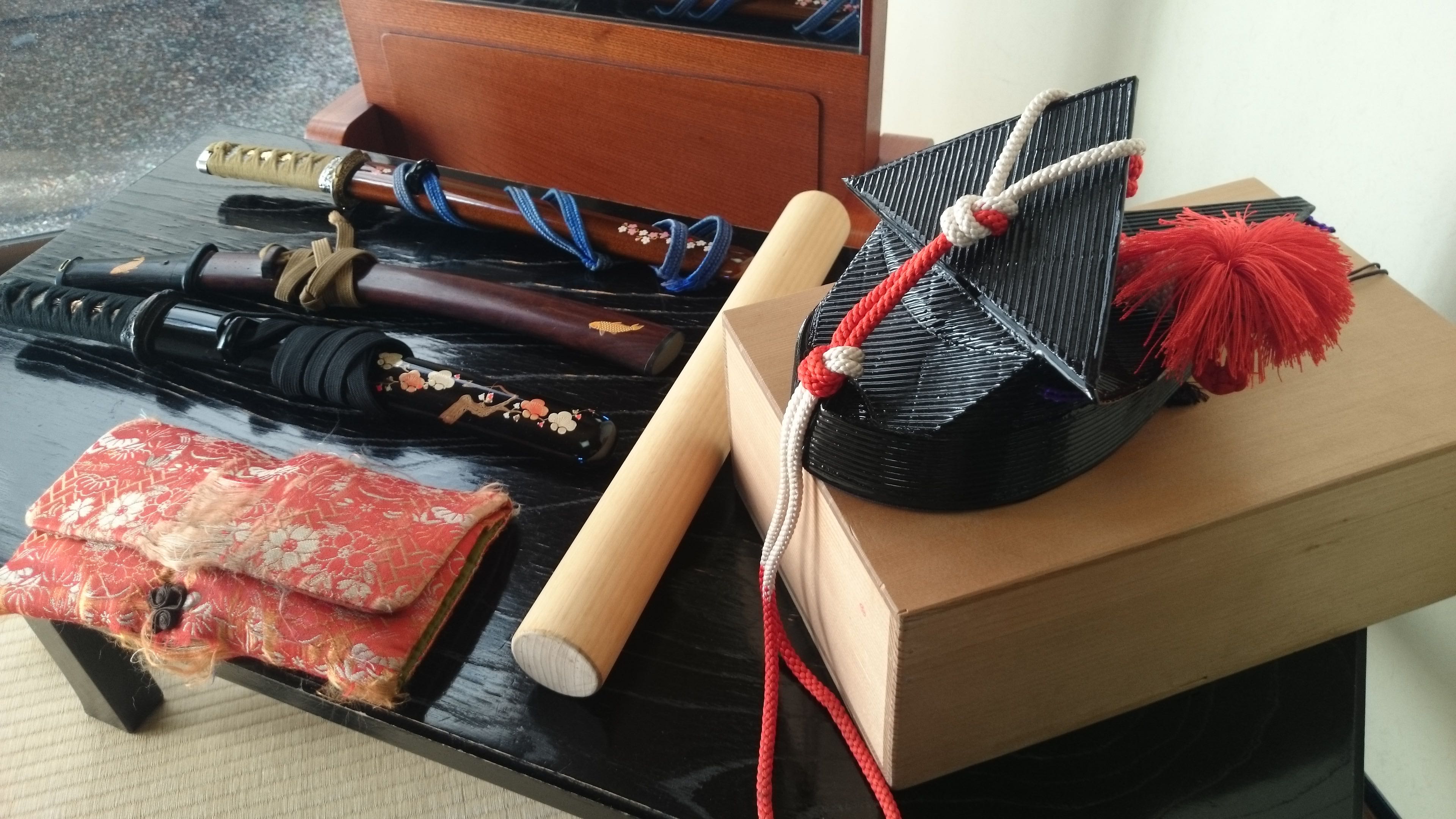
I don't know how many costumes we have in our collection, but it would be difficult to air them all out in one season. I narrowed down the items that roughly needed care and focused on that for 3-4 days.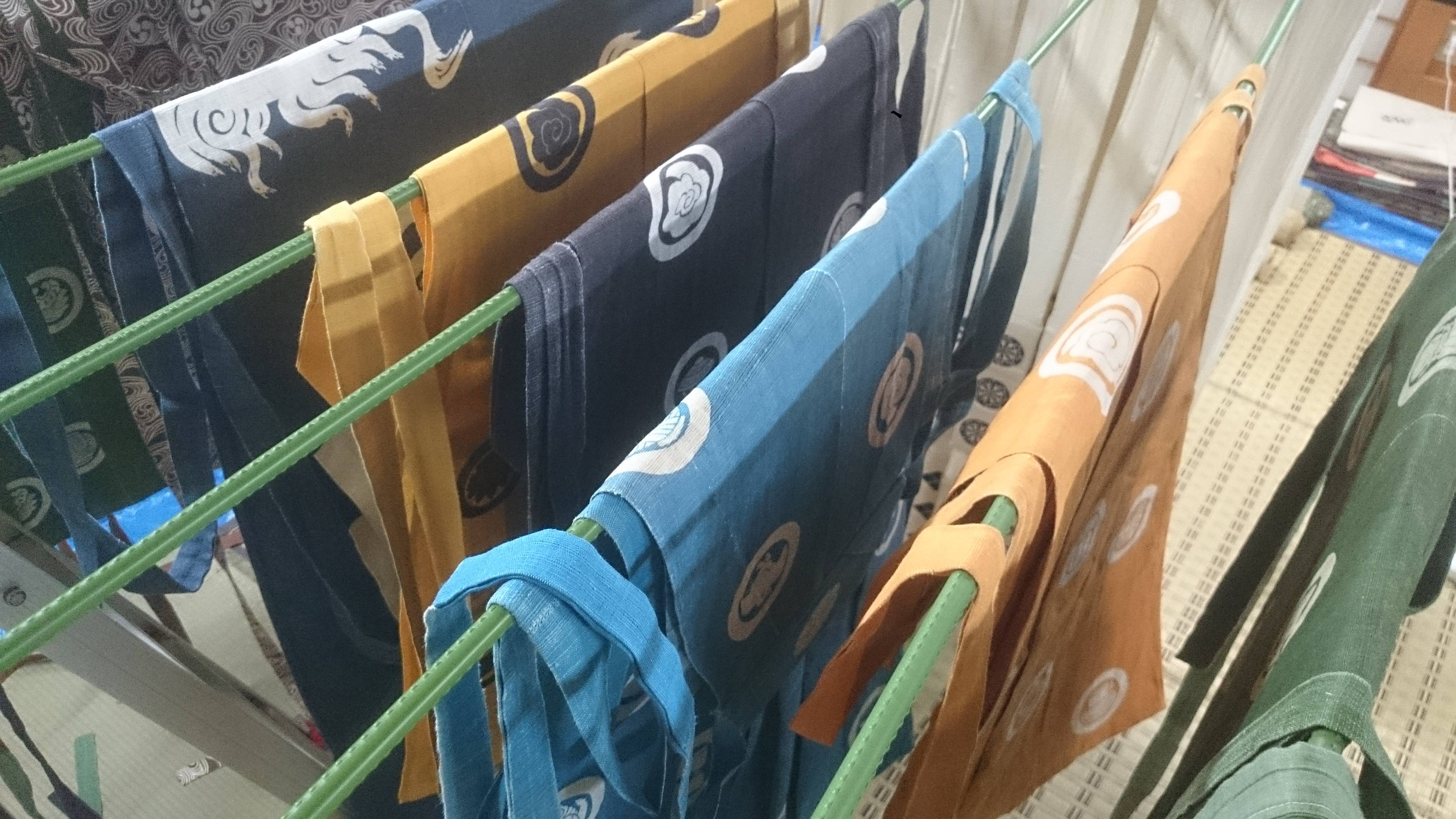
Costumes that are worn under the outer garment such as oshima, as well as "kitsuki" (undergarments), haku (gold foil), atita (thick board), karaori (Japanese-style woven fabric), and other "uwagi" (outer garments) are made of pure silk, so they are hung on a clothes rack and hung out to dry in a well-ventilated place. It is important to check the condition of the garment as it is drying, and repair it if necessary. If it is only lightly frayed, it can be repaired by the customer using a patch, but if it is too severe, it can be repaired by taking it to a costume shop.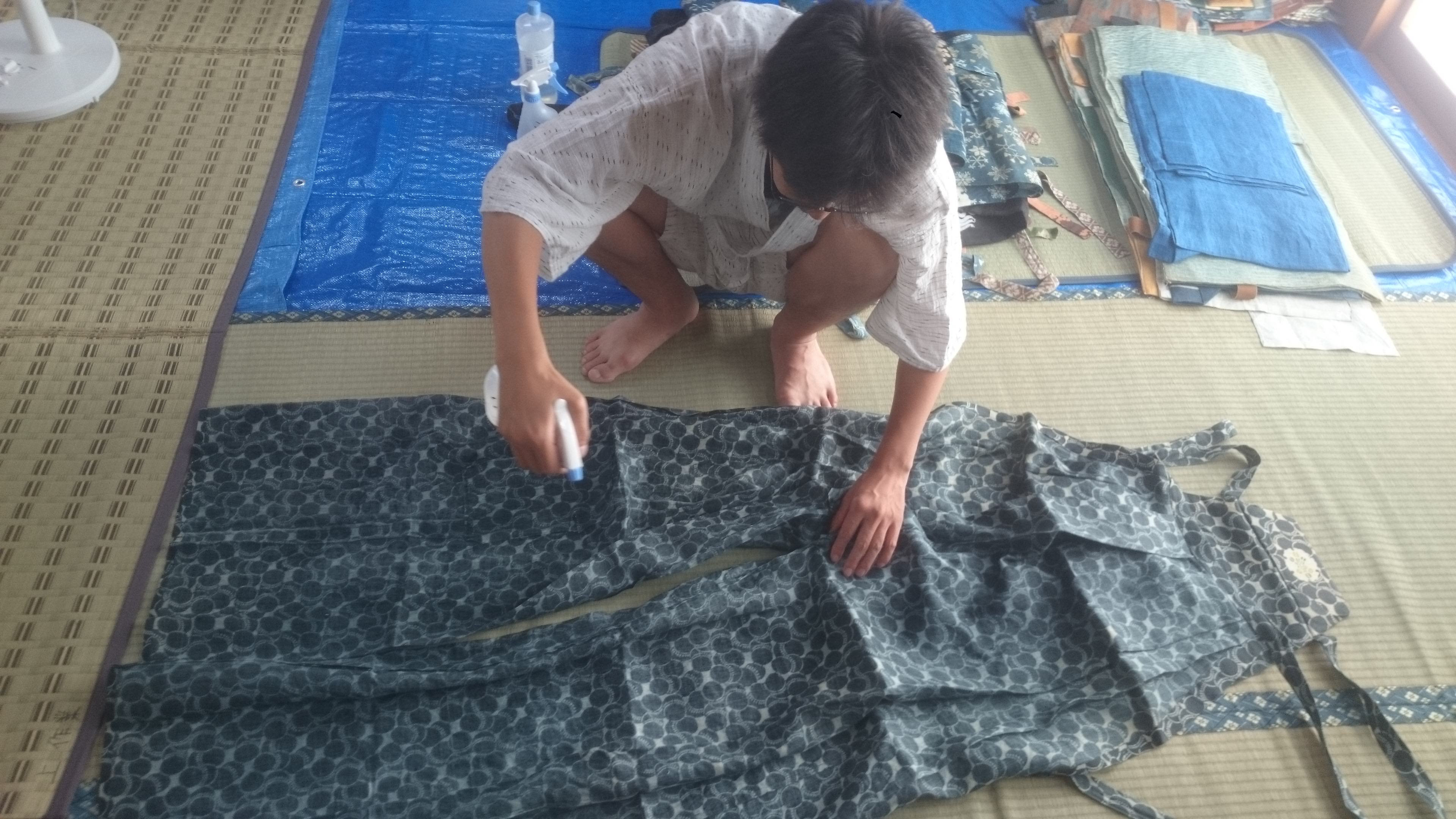
Kyogen hakama, nagakamishimo, suou and other costumes are made of hemp, so they are cared for using traditional methods. First, they are carefully brushed with water-diluted laundry starch. They are then folded neatly onto a mat, which is then covered with another mat, and four or five adults stand on top of it and stomp on it with their feet. This presses the hakama neatly, removing any dust or dirt that may have built up on them. Once they are dried, not only will they be crisp again, but the coating of the starch will also make them less susceptible to dirt.
Costumes and props are tools of our trade, and we were strictly taught from an early age how to handle them. We were never allowed to step on or step over them. Even the way we folded them was checked to make sure they were folded correctly.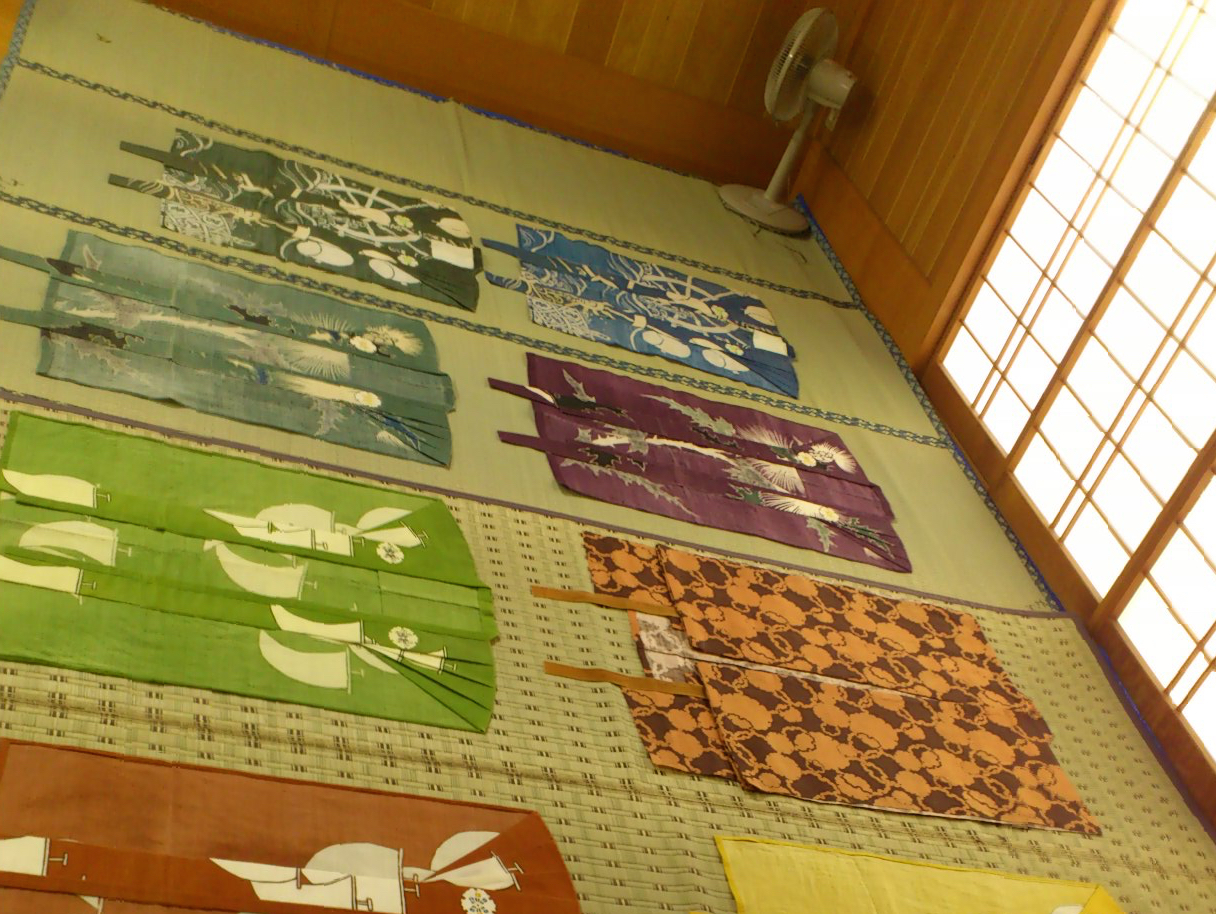
Generally, the performers themselves are responsible for caring for these costumes, but when there are not enough people, they may ask their apprentices to help out.
The cheers of children playing in the water, the sound of wind chimes, blinds swaying in the wind, watermelon and ice cream presented to guests
The time we spend together chatting harmoniously reminds me of the nostalgic scenery of Japan, and it's one of my favorite summer scenes.
